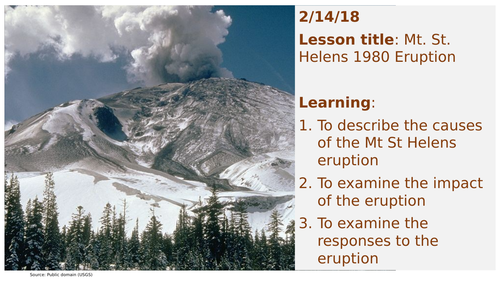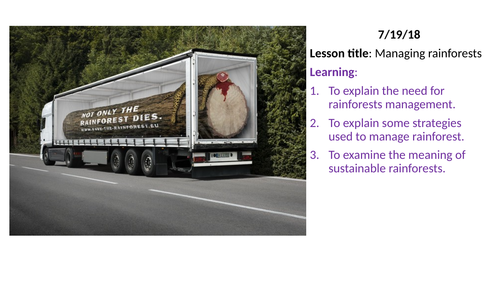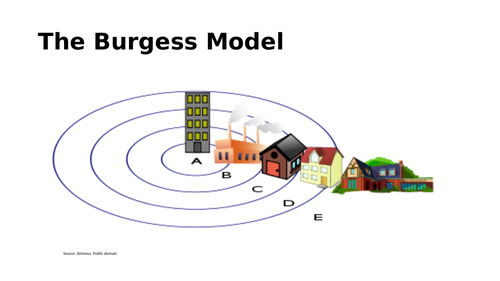Geo360
Welcome to my shop! I have lesson resources here for all age groups in secondary education. All my resources are all in one ppt lessons. That means they all have starters, different learning activities, reading resources (if required) and plenaries. Most of the lessons also have model answers for learning tasks which can aid your marking or promote self-assessment. The lessons are reviewed regularly so they are continually being improved. Just download and teach!























